What Is Acala Dollar (AUSD)?
The Acala Dollar USD (aUSD) stablecoin protocol enables a decentralized, cross-chain stable currency that serves as the native stablecoin of the Polkadot and Kusama ecosystem. aUSD is minted from a variety of reserve assets. This allows holders of the reserve assets to earn, spend, trade, and access other services without price volatility while retaining ownership of their reserve assets.
Acala USD is pegged to the US Dollar. aUSD can be trustlessly integrated by any blockchain connected to Polkadot or Kusama, as well as applications deployed on those chains. aUSD can also be integrated cross-chain on any other connected blockchain network.
Anyone can mint aUSD using accepted reserve assets, and each aUSD is backed by a surplus value of reserve assets (collateral assets). The reserve assets are also cross-chain by nature, which can include Polkadot native assets (DOT and DOT derivatives), KSM and KSM derivatives like LKSM, Acala Dollar native token ACA, and Karura’s native token KAR. In the future, the protocol can also accept parachain assets and cross-chain assets like Bitcoin (BTC) and Ether (ETH) as collateral assets if they meet the risk requirements and are accepted via Acala governance.
| Coin Basic | Information |
|---|---|
| Coin Name | Acala Dollar |
| Short Name | AUSD |
| Circulating Supply | N/A |
| Total Supply | N/A |
| Source Code | Click Here To View Source Code |
| Explorers | Click Here To View Explorers |
| Twitter Page | Click Here To Visit Twitter Group |
| Whitepaper | Click Here To View |
| Support | 24/7 |
| Official Project Website | Click Here To Visit Project Website |
A decentralized, multi-collateral, crypto-backed stablecoin
Stable
Pegged to one dollar. 1 aUSD = 1 USD.
Censorship-Resistant
Backed only by decentralized assets in Collateralized Debt Positions (CDP).
Multi-Collateralized
Backed by cross-chain & native parachain assets: DOT, KSM, ACA, KAR, BTC, and ETH.
Secure & Efficient
Acala Dollar Liquidations powered on-chain with guaranteed oracle price feeds.
Natively Cross-Chain
aUSD can be transferred cross-chain to any parachain on Polkadot or Kusama.
Built by developers, for developers.
Funded by the Web3 Foundation, the aUSD stablecoin is the core product of Acala, the first parachain to earn a slot on Polkadot. Developed by the top Substrate contributors, aUSD is the native decentralized stablecoin of the Polkadot and Kusama ecosystem.
Why teams are integrating aUSD
Yield & Liquidity for Reserve Assets
Release liquidity from reserve assets to earn yield while maintaining ownership. DOT, KSM, ACA, and KAR are reserve assets, while parachain tokens, BTC, and ETH are on the way.
Polkadot’s Default Routing Asset
As the native decentralized stablecoin of the Polkadot and Kusama ecosystem, aUSD will provide a universal trading pair, routing to all assets in the ecosystem.
Trustless Transferability
Acala Dollar Leverage aUSD in your DApp on any parachain without wrapping or bridging to ensure your DApp is secure and trustless.
Substrate & ERC20 Compatible
aUSD can be integrated seamlessly into Substrate-native DApps as well as EVM-compatible DApps on any parachain.
Why Mint aUSD
Acala Dollar aUSD stablecoin is decentralized, non-custodial and permissionless. aUSD allows users to hedge against price volatility, increase exposure of assets from multiple blockchains, and use the minted/borrowed aUSD trustlessly on multiple blockchains.
Yield & Liquidity for Reserve Assets:
while maintaining ownership of assets e.g. DOT, users can collateralize to borrow aUSD to hedge volatility, pay for goods and services, or access services without price exposure. For examples, users could provide liquidity to a stablecoin pool, use a stablecoin savings product, or purchase an NFT.
Increased Exposure of Your Assets:
traders may leverage long (increase exposure) on a given reserve asset e.g. DOT by depositing the asset to the Acala vault as collateral, minting aUSD, using the aUSD to purchase more reserve assets and deploy them into the vault, and repeat the process to increase exposure. Note: please proceed with caution as this also magnifies the risk of loss as well as gains.
Use as Medium of Exchange:
Users can use aUSD to pay for transaction fees on Acala and Karura networks, and projects can use it as a quote asset for listings. aUSD can also be used for payments and on-and-off ramps as it integrates with more partners.


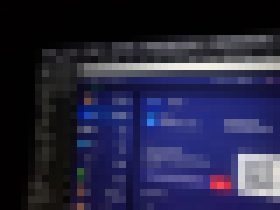



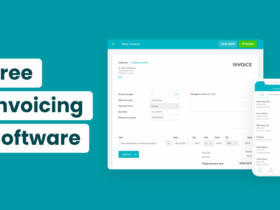

























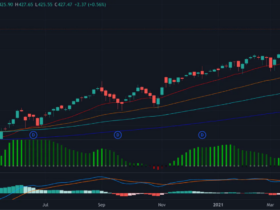



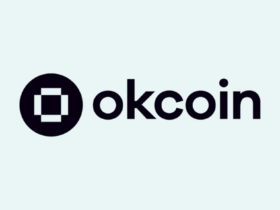
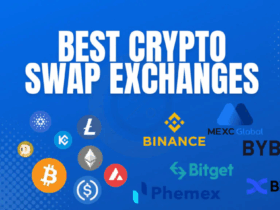






Leave a Reply